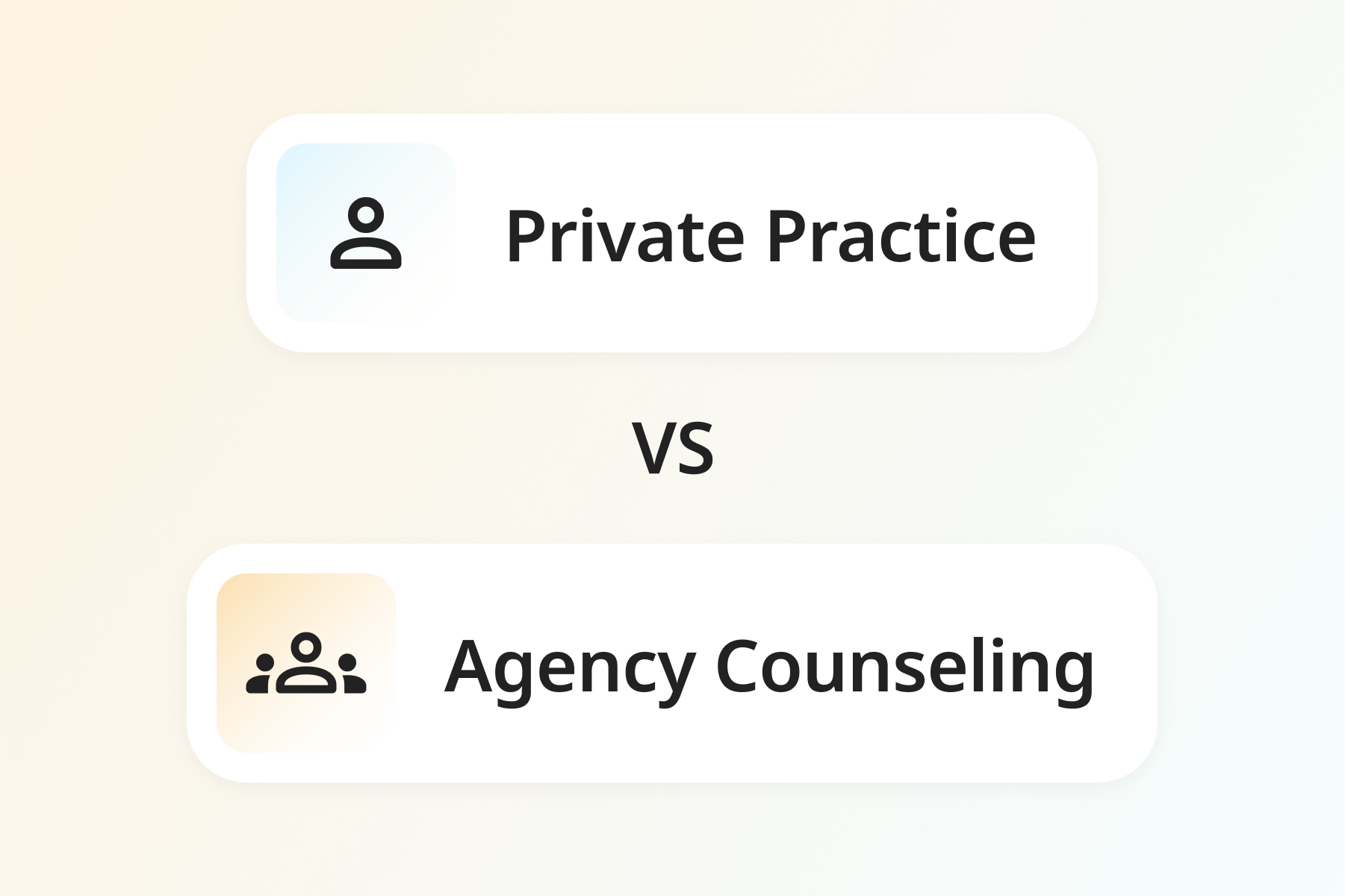
Join with me for a moment in a daydream.
You are sitting alone in a coffee shop when a total stranger suddenly speaks to you: “I’d like you to tell me what makes you anxious or depressed. It might be something that is embarrassing, something that you have never talked about before with anyone. It might make you cry, or make you question your whole life. You’ve never met me, but — go ahead, I’m waiting.”
A funny way to think about the first session of psychotherapy, eh? We rarely think about how threatening that first session can be.
Despite your credentials, you are a stranger, and their ideas about the process of therapy may be based solely on TV stereotypes. They have little idea how trustworthy you might be, or what you might do with any information that is disclosed.
The One Thing
Thus, The One Thing: a single organizing principle that can help you make a variety of decisions about office decoration, office policies, and your own behavior as a therapist. I won’t be coy — it is simply this: “It is safe here.”
(I’m embarrassed to admit that I get a bit choked up just typing those words. I must be a prime example of needing reassurance about safety!)
How can this principle be applied to your private practice?
Here are a few examples:
- How should you decorate your waiting room? If it is all pillows and lace, traditional male clients may think “It is only safe for women here.” If the magazines are all about cars and hunting, traditional female clients may conclude “It’s not safe to talk about feelings here.”
- How concerned should you be about sound insulation? If your client in the waiting room can hear muffled tears or strong language coming from the therapy room they may think “Everyone will know what I’m saying” or even “That therapist must be brutal.”
- How should I decorate the therapy office? Think of situations in your own life when you felt safe with self-disclosure or self-exploration. Was it at work? Probably not--that rules out fluorescent lighting and an imposing desk. Or was it at home with Mom or Dad or Grandma, sitting in the living room or at the kitchen table? Decorate to duplicate a living room, and use coffee or cookies to duplicate the kitchen table.
- When should you talk about fees? If done too early, the conclusion may be “I’m just a shill to this therapist.” If done too late, or not at all, they may think “This is uncomfortable — like a restaurant menu with no prices.” Take heed, Goldilocks!
- Should you take notes during the session? If you do so without ever explaining what they are for, NO. If you prefer note-taking, the VERY FIRST TIME you do so should be accompanied by a statement like “What you just said is really important to me. I like to write important things like that down so I don’t forget them, but I’m the only one who will ever see these notes.”
- Should you self-disclose? Well, let me ask you — did you feel more safe with me after I self-disclosed a few paragraphs ago about getting choked up by typing? Your answer may be yes or no, but either way it illustrates some rules about therapist self-disclosure. (1) It must serve a purpose for the client, not just meet your own needs (2) It must enhance the therapeutic relationship, not a personal relationship (3) Misgivings about your own competence to help them, no matter how genuine, should only be disclosed if you are making a referral. They have to feel safe with you, and no one feels safe around incompetence.
The list does not end here; I’m just running out of space! Any time you are facing a decision about the physical structure of your office, your policies, or your therapeutic style, pause a moment and ask “Will this make my client feel more safe?”
Questions? Thoughts? I'm always here to help. In the meantime, good luck with your practice and see you soon!



.jpg)

